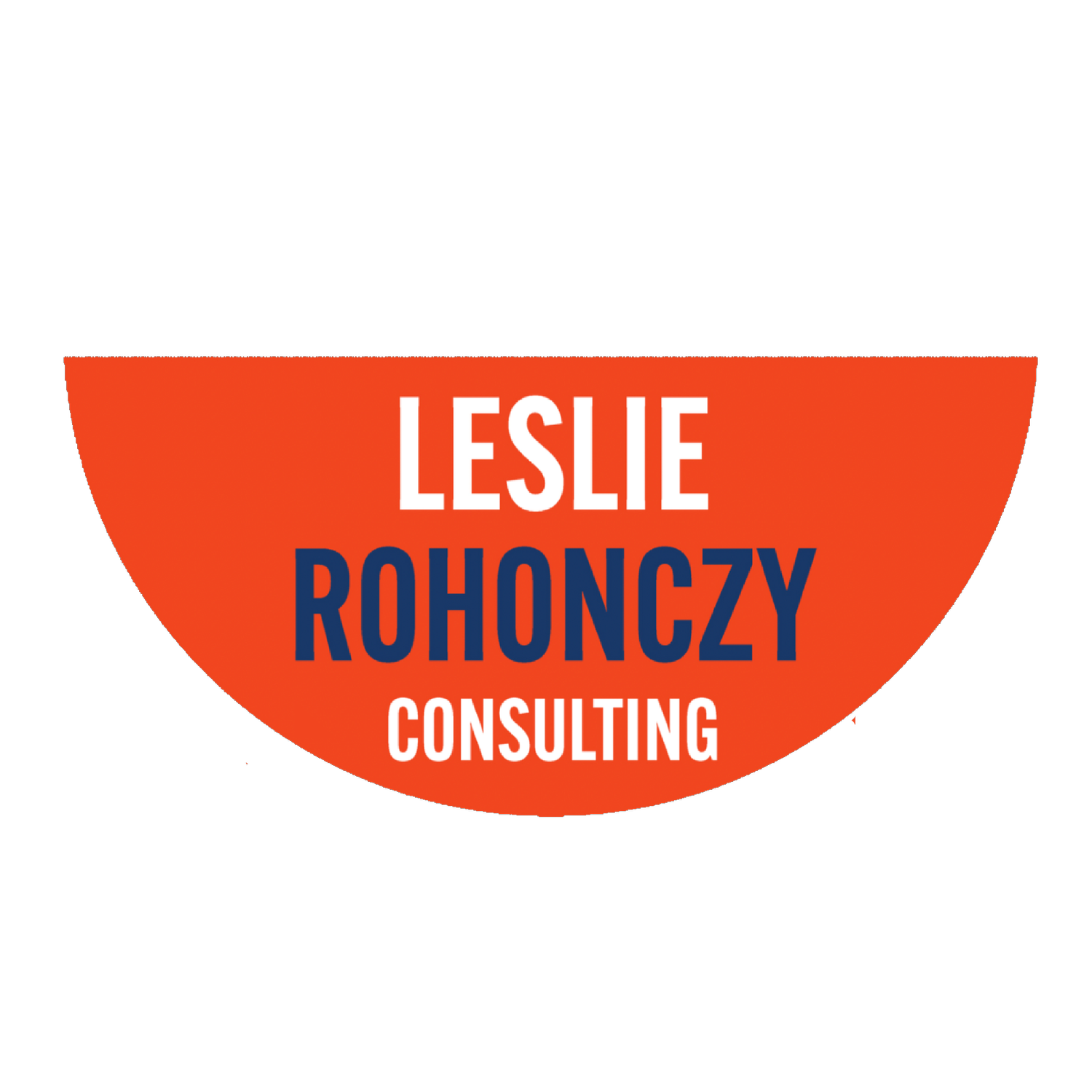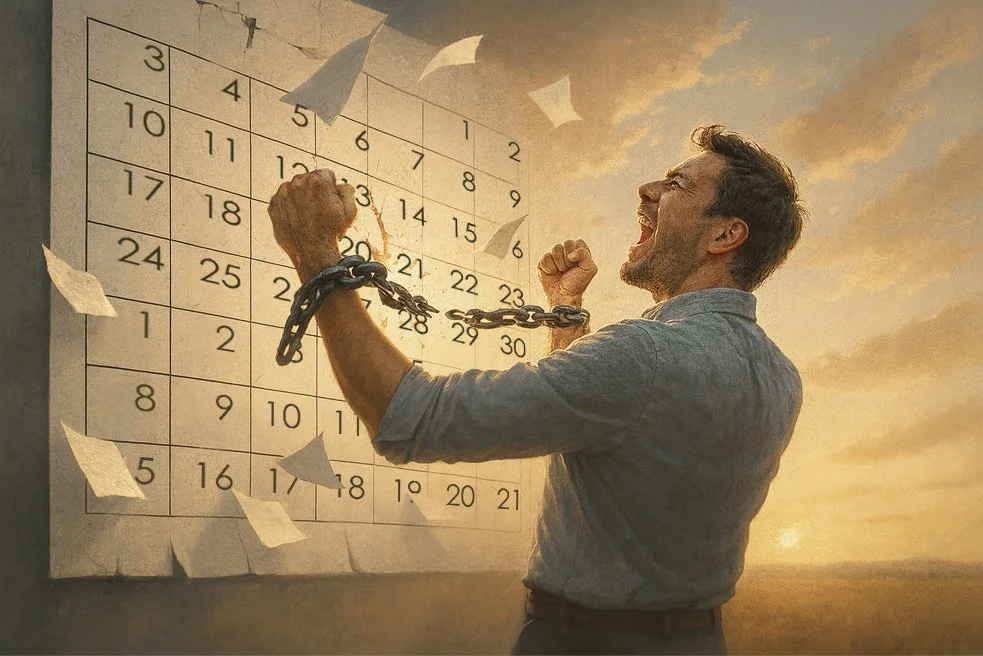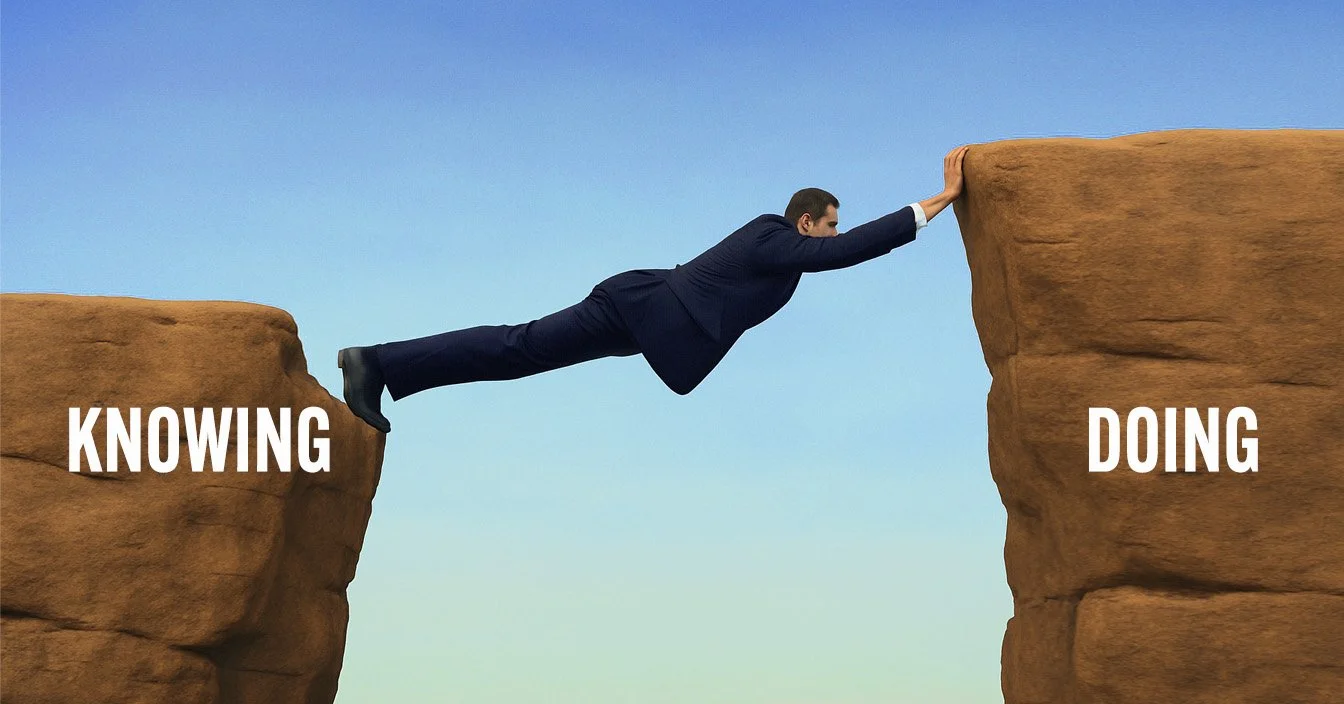The holidays are rarely peaceful. On the work front, year-end means deadlines, performance reviews, and budget crunches. On the home front, it’s travel plans, family gatherings, and a growing list of to-dos, all wrapped in the expectation to somehow radiate good cheer through it all. It's a perfect storm under the glittering lights of December: professional pressure colliding with personal performance anxiety.
It’s no wonder that even the most grounded among us feel stretched thin. In my coaching practice, I see clients this time of year trying to power through exhaustion, stress, and overwhelm by sheer willpower, convinced that the finish line is just around the corner. But that last-ditch sprint through the holidays may just have you crawling into January depleted, not renewed.
WHEN EVERYTHING PEAKS AT ONCE
This end-of-year frenzy doesn’t just drain our calendars; it drains our cognitive reserves. Decision fatigue sets in after a long stretch of intense thinking, leaving us more reactive, less patient, and more likely to default to old habits. By December, our mental bandwidth is often running on fumes, and our nervous systems are signaling for recovery we rarely allow.
The real challenge isn’t simply managing time; it’s managing energy. Every deadline, conversation, and expectation draws from the same well. Without deliberate restoration, we end up spending emotional energy faster than we can replenish it.
So instead of pushing harder, this is the moment to become more strategic about recovery. Micro-breaks between meetings, shorter decision windows, deliberately slower pacing, and brief moments of mindful breathing actually protect your executive function. At home, try applying the same principles: fewer commitments, more intentional rest, and gatherings that nourish instead of deplete.
This season can be a quiet teacher if you let it: what if the pressure itself is a signal to recalibrate, rather than to double down?
WHAT “GRACE UNDER PRESSURE” ACTUALLY LOOKS LIKE
The phrase 'grace under pressure' often brings to mind the image of staying calm no matter what, maintaining a flawless exterior while the world spins around you. In truth, grace under pressure is not about perfection or polished composure; it’s about staying connected to yourself while everything else demands more of you. It’s about self-awareness in motion, the subtle shift that allows you to pause, breathe, and respond with intention rather than reaction. That moment of mindful presence is what keeps grace genuine instead of performative.
Here’s what it can look like in real life:
A client of mine in the energy sector now blocks “Transition Time” between her last meeting and her evening commute. These "TT" time blocks are sacred to her, and her admin staff knows they are off-limits to rescheduling. It's a ritual that allows her to turn off her laptop, take three minutes to breathe, and visualize leaving her workday behind. “It sounds trivial,” she said, “but it’s the difference between arriving home as the 'Restless Hurricane' (one of her coaching metaphors) or as myself.”
Another client at a financial firm now labels December as a “compassion month.” When tension peaks, she deliberately softens her tone and reminds herself that everyone, including her boss, is probably overtired. By giving others the benefit of the doubt, she releases her grip on judgment and creates space for understanding instead of escalation. The outcome? Fewer conflicts and a noticeable shift in atmosphere: more patience for (and from) others, more meaningful conversations, and a genuine sense of connection on the team.
And one more: a client who used to equate December success with overachievement now uses a single word, “HOMIE”, which stands for 'how much is enough' to help her decide what gets done and what gets dropped. She says it’s the most freeing leadership practice she’s ever tried. So simple, and so effective!
YOUR COACHING CHALLENGE: A MORE HUMAN APPROACH TO YEAR-END CLARITY
This season asks us to do the opposite of what our calendars demand. Instead of accelerating, take stock, and recalibrate. Before the year closes, ask yourself: What actually needs my full attention, and what just feels urgent because of the date on the calendar? Who needs my empathy and attention more than my efficiency and urgent pressure right now? Where am I running on habit instead of intention?
Each day during this busy holiday period, pick one moment to practice grace under pressure with intention:
Notice when tension rises or impatience surfaces, like when your inbox pings again at 6 p.m., or when someone’s bad mood collides with yours.
In that moment, pause, take a slow breath to the bottom of your lungs, and turn your attention inward.
Notice your body: Is your jaw tight? Are your shoulders tense? What is your breath doing?
Ask yourself: “What would grace under pressure feel like right now?” Allow the answer to shape your next action, even if that action is simply stillness.
After each practice, take two minutes to reflect on what you noticed:
What emotion was most strongly present, and what might be underneath it?
What shifted in me when I paused?
What will I do differently next time?
Capture a few notes or simply sit with your awareness. Over time, these daily pauses will start to build a steady rhythm of grace, teaching you how presence can be both your anchor and your reset button.
You may find that grace isn’t something you have to earn or schedule. It’s something you create by choosing presence in the middle of pressure.
Wishing you a season of calm energy, smooth edges, and kind hearts.
Reach out for a free exploratory Executive Coaching conversation at www.leslierohonczy.com.






















